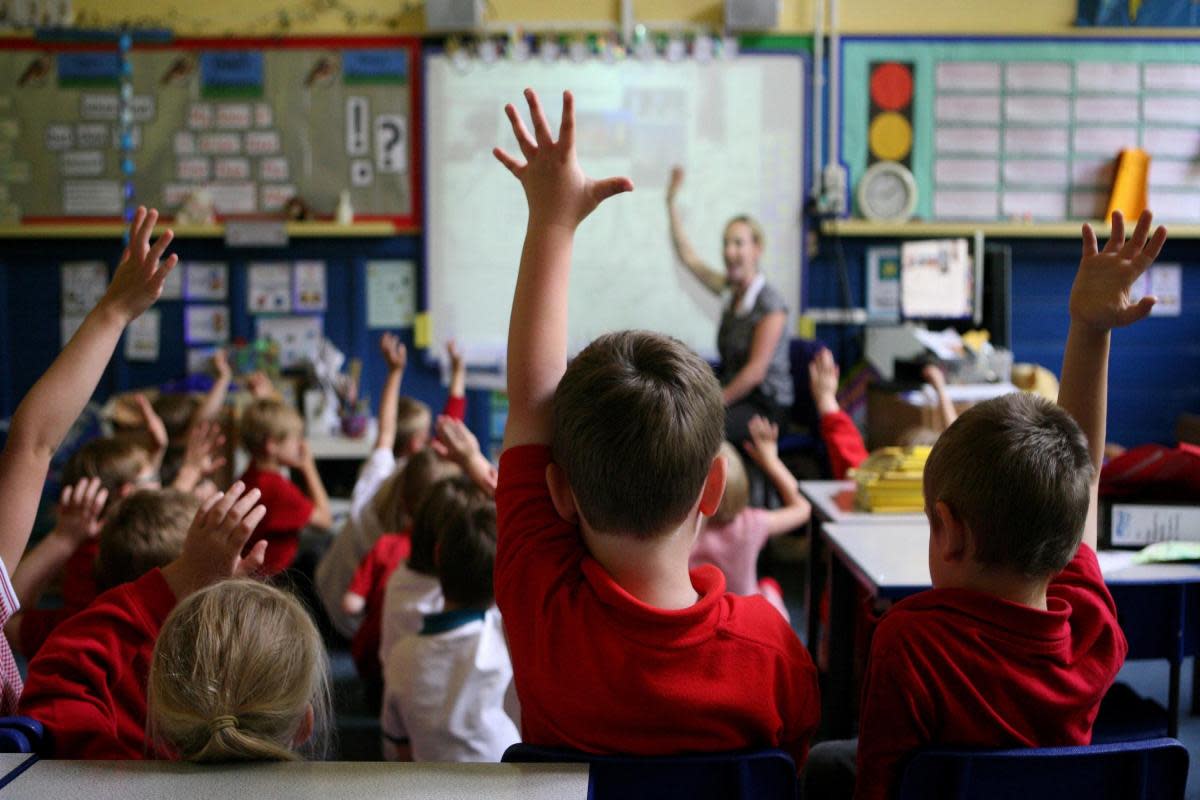More Bradford children accepted into first-choice school, new figures reveal

MORE children in Bradford got into their first-choice school this year, new figures show.
In Bradford, 14,403 applications were submitted for places in primary and secondary schools for the upcoming academic year, according to the Government data.
Of these, 86 per cent received their first preference - a slight rise on last year, when 84 per cent were successful.
Across England, 83 per cent of secondary and 93 per cent of primary pupils got into the school they wanted, a minor improvement on last year.
Pepe Di'Iasio, general secretary of the Association of School and College Leaders, said: "It's great to see that more parents are getting their first-place preferences, and this is likely to be a national trend we'll see in future years, too, as the number of school pupils continues to fall because of a decline in births.
"It won't be evenly spread, however, and there will continue to be pressure on places in some schools because of local factors."
The figures come during an intense debate about the future of school places.
If elected, Labour intends to abolish private schools' charitable status, which the Conservatives have warned would force them to increase fees.
This has led to fears state schools could be overwhelmed by former private school pupils.
But analysis by the independent Institute for Fiscal Studies (IFS) suggests this is unlikely to happen due to declining class sizes and a fall in the birth rate.
The IFS estimates adding VAT to private school fees could cause a three to seven per cent reduction in private school attendance - around 17,000 to 40,000 children.
However, state school pupil numbers across England are due to decline by an expected drop of more than 625,000 between 2023 and 2030 - only slightly below the total number of private school pupils.
Mr Di'Iasio said it is "difficult to know" how the proposed VAT levy would affect school places, and a future Labour Government should conduct "careful modelling" before doing so.
He added: "There is a wider implication for the state sector because falling rolls equate to less money as funding is allocated on a per-pupil basis.
"This means that many schools will have to make cuts and that is why we are calling on politicians to commit to increasing the funding rates rather than taking this as a saving for the Treasury."

 Yahoo News
Yahoo News 
